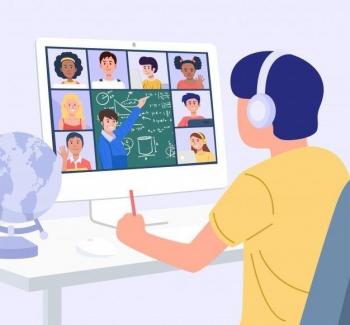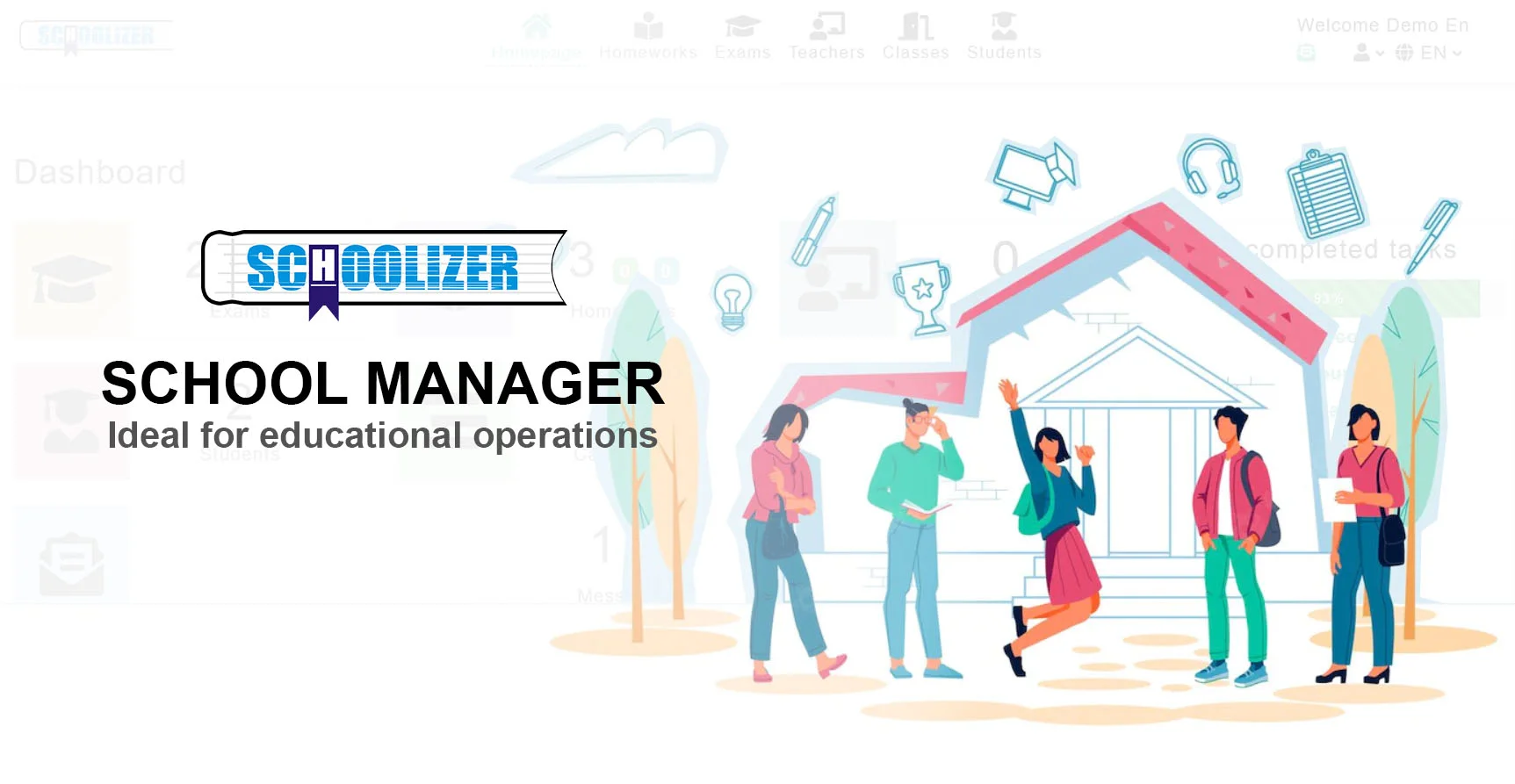Why Child Care Is Everyone's Business – The Ripple Effects You Can't Ignore

Why Child Care Matters to Everyone – Even If You Don't Have Kids
What if we told you that child care isn't just a parent's problem? Why should society at large care about accessible, affordable child care? How does this issue ripple through our economy, workforce, and future? The answers might surprise you.
The Economic Domino Effect of Child Care
The child care crisis in America isn't just a family issue – it's an economic one. When parents can't find or afford quality care, they're often forced to reduce work hours or leave jobs entirely. A 2021 study found that the U.S. loses an estimated $57 billion annually in lost earnings, productivity, and revenue due to child care challenges.
Consider the case of Sarah, a nurse in Ohio. When her local child care center closed during the pandemic, she had to quit her job to care for her toddler. This not only impacted her family's income but also left her hospital short-staffed during a critical time. Stories like Sarah's play out across industries nationwide.

Workforce Stability and Business Productivity
Reliable child care keeps the workforce stable. Employers lose $12.7 billion yearly due to employee absenteeism related to child care issues, according to the U.S. Chamber of Commerce Foundation. Conversely, companies that offer child care benefits see lower turnover rates and higher productivity.
Microsoft's child care program serves as a powerful example. After implementing on-site child care and subsidies, they reported a 8% increase in employee retention and significant improvements in work quality. When employees aren't worried about their children's care, they can focus better and contribute more effectively.
The Long-Term Investment in Future Generations
Quality early childhood education pays dividends for decades. Studies show children in high-quality care programs are:
- More likely to graduate high school
- Less likely to need special education
- More likely to hold jobs as adults
- Less likely to be involved in the criminal justice system
The Perry Preschool Project, a decades-long study, found that every $1 invested in quality early childhood programs yields a $7-$12 return through reduced public costs and increased economic contributions. These children grow into productive, tax-paying citizens who strengthen our communities.
Social Equity and the Child Care Gap
The child care crisis disproportionately affects women and low-income families. 76% of mothers with young children are in the workforce, yet they often bear the brunt of caregiving responsibilities when systems fail. The pandemic highlighted this when 2.3 million women left the workforce, many due to child care demands.
In Denver, the Denver Preschool Program provides tuition credits to all families regardless of income. This model has helped maintain workforce participation while giving all children equal access to early learning opportunities. Such programs demonstrate how child care support can level the playing field.
Community Well-being and Public Safety
Communities with strong child care systems see broader benefits. Research links quality early childhood programs to:
- Lower crime rates
- Reduced teen pregnancy rates
- Better public health outcomes
- Stronger neighborhood cohesion
In Cincinnati, the Child Poverty Collaborative found that expanding access to preschool could reduce future crime costs by $80 million annually. When children receive proper care and education, entire communities thrive.

Policy Solutions and Collective Action
Addressing the child care crisis requires multi-faceted solutions:
- Public-private partnerships to expand affordable options
- Tax credits for families and providers
- Workplace policies that support working parents
- Living wages for child care professionals
Minnesota's Child Care Assistance Program shows what's possible. By subsidizing care for low-income families, the state has maintained one of the highest workforce participation rates in the nation while giving children a strong start.







